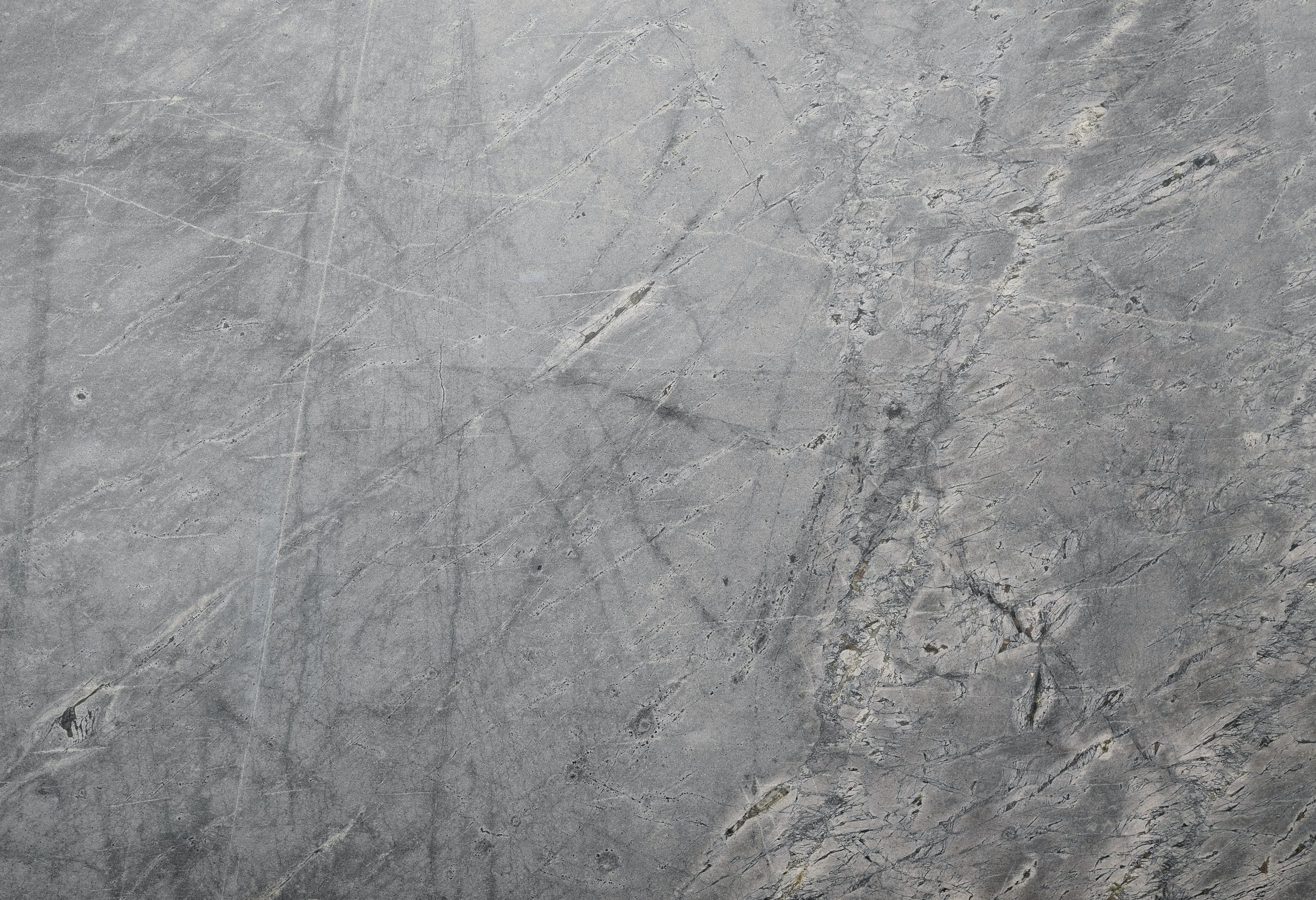
What is hot weather concreting and how can it affect your concrete pour?
In simple terms, hot weather concreting happens when the environmental conditions make it more difficult to pour concrete successfully. As a result, a variety of issues can occur during or after the pouring process.
Because of this, it’s critical to understand what hot weather concreting is and how to sidestep the negative effects of it. Otherwise, you could end up with concrete that is less than ideal.
Let’s break down hot weather concreting, why it matters, and how to deal with it.
What is hot weather concreting?
Hot weather concreting occurs when the temperature of freshly mixed concrete approaches approximately 77 degrees Fahrenheit and the ambient temperature is above 90 degrees Fahrenheit.
The American Concrete Institute defines hot weather concrete as:
“One or a combination of the following conditions that tends to impair the quality of freshly mixed or hardened concrete by accelerating the rate of moisture loss and rate of cement hydration, or otherwise causing detrimental results: high ambient temperature; high concrete temperature; low relative humidity; and high wind speed.”
Learn more about concrete mix design and development services.
What conditions lead to hot weather concreting?
There are a variety of conditions that can lead to hot weather concreting. These conditions are not limited to just high temperatures.
The following conditions can result in hot weather concreting:
- High ambient temperature
- High concrete temperature
- Low relative humidity
- Solar radiation
- High wind
When any of the above conditions are encountered while pouring concrete, special steps must be taken to ensure the overall success of your pour.
Related Content: Cement’s carbon footprint
What are the problems with pouring concrete in hot weather?
Like mentioned above, when pouring concrete in hot weather, a variety of issues can present themselves. These issues typically occur due to the evaporation of water from the concrete surface. Once this happens, a few things can happen:
- Cracking and peeling
- Premature failure
- Increased slump loss
- Difficulty placing the concrete
- Lowered durability
- Increase in setting time
- Lowered compressive strength
- Moisture loss
Related Content: What is soft water attack on concrete?
How to pour concrete in hot weather?
Hot weather concreting isn’t always avoidable. Because of this, it’s important to understand how to pour concrete successfully in hot weather conditions. Here’s what we recommend for successful hot weather concreting:
- Add chemical admixtures to the mix to control concrete temperature
- Use liquid nitrogen to cool the concrete (without affecting the w/c ratio)
- Leverage hydronically cooled blankets to protect the concrete from water loss
- Time your concrete placement and avoid the hottest parts of the day
Keep Reading: Tips on pouring concrete in hot weather
Want more guidance on concrete pouring?
At Intelligent Concrete, we help companies all around the world work with better, smarter, stronger concrete. Sometimes, this may involve helping companies better understand and deal with pouring concrete in less than ideal conditions.
If you’d like to learn more about the ins and outs of concrete, check out our additional resources below or reach out to us with any questions.
